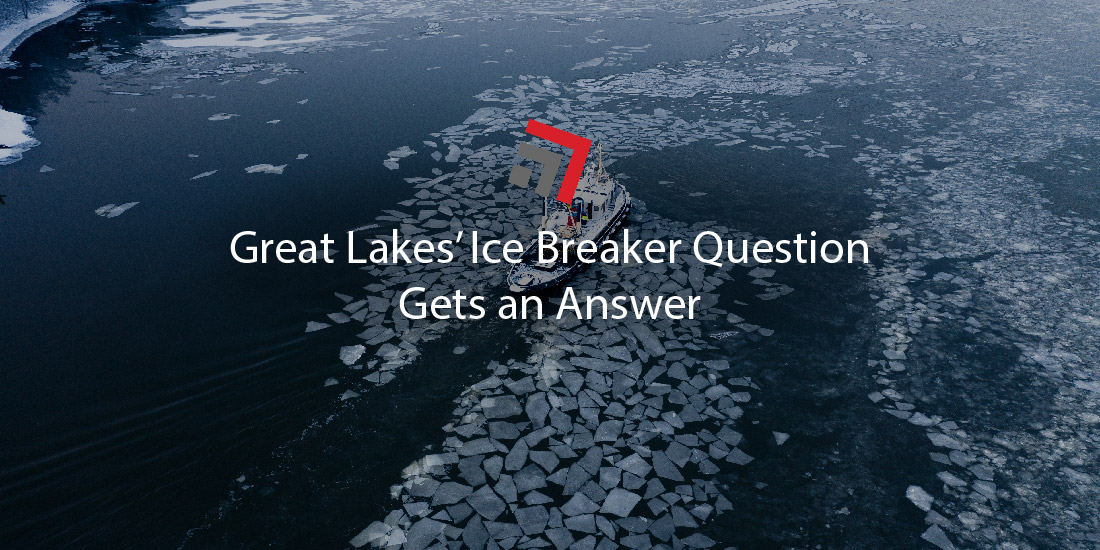The Great Lakes can very well be mistaken as a collection of expansive inland seas. As far as freight movement is concerned that’s exactly the case.
Thanks to connecting channels and access to the Atlantic Ocean (via the St. Lawrence River), the five Great Lakes transport more than 160 million tons of cargo every year within the region and even to overseas destinations.
The Great Lakes have great plans
The Great Lakes are well known for their historical footprint on American industry. These inland waters provided easy navigation for freighter ships, like SS Edmund Fitzgerald, to transport necessary supplies to the steel mills of the booming automotive industry.
To this day, regional dry bulk continues to be what the lakes are best known for. Raw materials, like taconite, limestone, and coal, remain exchanged interstate courtesy of these large bodies of water.
However, the Great Lakes have also broadened their lane network over time. The Port of Cleveland already has a direct service to The Netherlands as European demand for American agriculture exports increases.
The familiar dry bulk operation the lakes have long subscribed to has now been expanded to include shipping grains and other ag commodities across the Atlantic. Even the farthest Great Lake port from the Atlantic, the Port of Duluth, has flirted with a European service.
To take advantage of this frontier market, the American Great Lakes Ports Association (AGLPA) has stressed needed infrastructure priorities to allow for such capabilities.
In need of an ice breaker
Among lock upgrades and port renovations, a priority for the Great Lakes has been increasing their capacity for ice breaking vessel fleets.
Unlike oceanic trade lanes, the Great Lakes are susceptible to their waters freezing during the winter season. Operated by the U.S. Coast Guard, ice breaking vessels are crucial assets to break up any ice that forms and open up dependable shipping routes on the lakes.
The lakes have long reported a lack of capacity to adequately address this inevitable challenge. Thus, slowing the movement of waterborne trade. The Great Lakes Maritime Task Force estimates the equipment deficit has cost $2 billion.
Congress awards funds for a new icebreaker
Reportedly an issue since the 1970s, the Great Lakes finally have some good news for a change. Congress has given the go ahead to authorize $350 million to the U.S. Coast Guard to acquire a new heavy icebreaker.
In addition to a posh new breaker, Congress has also called on the Government Accountability Office (GAO) to monitor the Coast Guard’s icebreaking and determine what additional resources are needed to improve the Great Lakes’ shipping during the winter.
Interest groups have been skeptical on how the Coast Guard keeps its performance recordkeeping. They mention that only certain waterways in the lakes are included in the Coast Guard’s reports. Typically, this includes well-trafficked passages, like the Detroit and St. Clair rivers or the Straits of Mackinac, which connect each of separate lakes together.
The hope from these stakeholders is that the GAO will have a better understanding of other waterways that need maintenance and allocate resources appropriately.
Final Thoughts
The Coast Guard has not publicly commented on when it will be able to purchase this new heavy icebreaker and, subsequently, deploy it.
Please contact us if you have any questions regarding this topic or any others in domestic logistics.
This is an everchanging industry. Stay current on rail and trucking developments with our weekly Road Map Newsletter.



Recent Comments